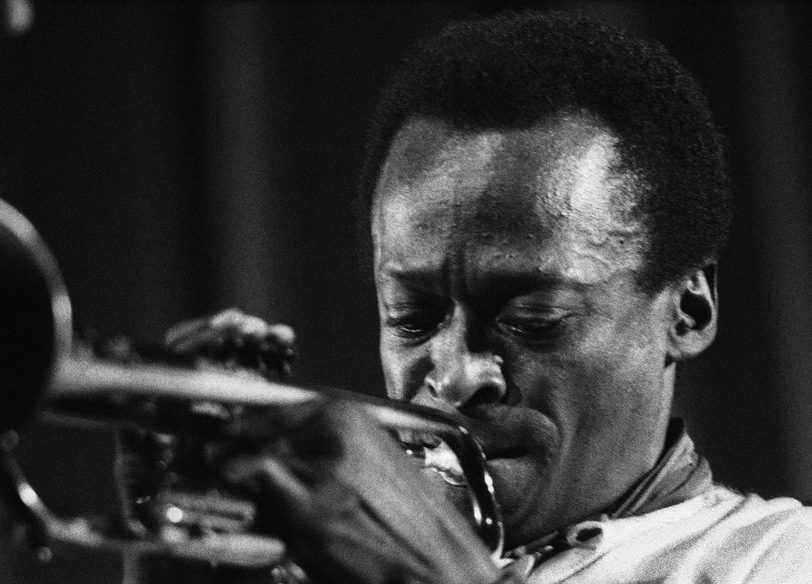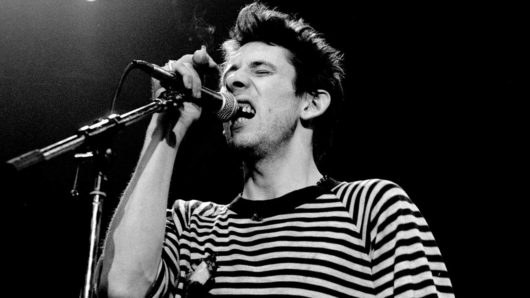From trad to swing, bebop to cool, free jazz to fusion and beyond, jazz music has taken many different forms since it was born in a New Orleans bordello at the dawn of the 20th century. Primarily an instrumental music defined by improvisation, jazz ruled the world between the 20s and 50s but went into a steep commercial decline with the rise of rock’n’roll. That didn’t stop the music from continuing to evolve, however, even while the fickle gods of fashion dictated that its popularity would ebb and flow for the rest of its life. But thanks to exciting new talents such as Kamasi Washington, Sons Of Kemet and Nubya Garcia, jazz is back in vogue. Yet these young lions and lionesses still have a way to go if they’re to match the accomplishments of the revolutionary trailblazers listed below, in our countdown of the 20 best jazz musicians of all time.
Best Jazz Musicians: 20 Revolutionary Talents That Changed The World
20: George Benson (1943-)
George Benson’s iconic album Breezin’, featuring the hit single This Masquerade, was a game-changer that transformed the Pittsburgh, Pennsylvania-born singer-guitarist into a jazz superstar in 1976. But Benson was no overnight sensation. He made his recording debut as a vocalist aged ten, in 1953, and then relaunched his career in the 60s as a soul-jazz guitarist who recorded for Columbia and CTI before landing at Warner Bros and reinventing himself as singing guitar player. Noted for his nimble-fingered fretwork and soulful voice, Benson patented a technique in which he sang an improvised “scat” vocal while doubling the same melody on guitar. It became his much-imitated hallmark, influencing several generations of smooth-jazz musicians, including Jonathan Butler, Norman Brown and Victor Bailey.
Must hear: Breezin’




